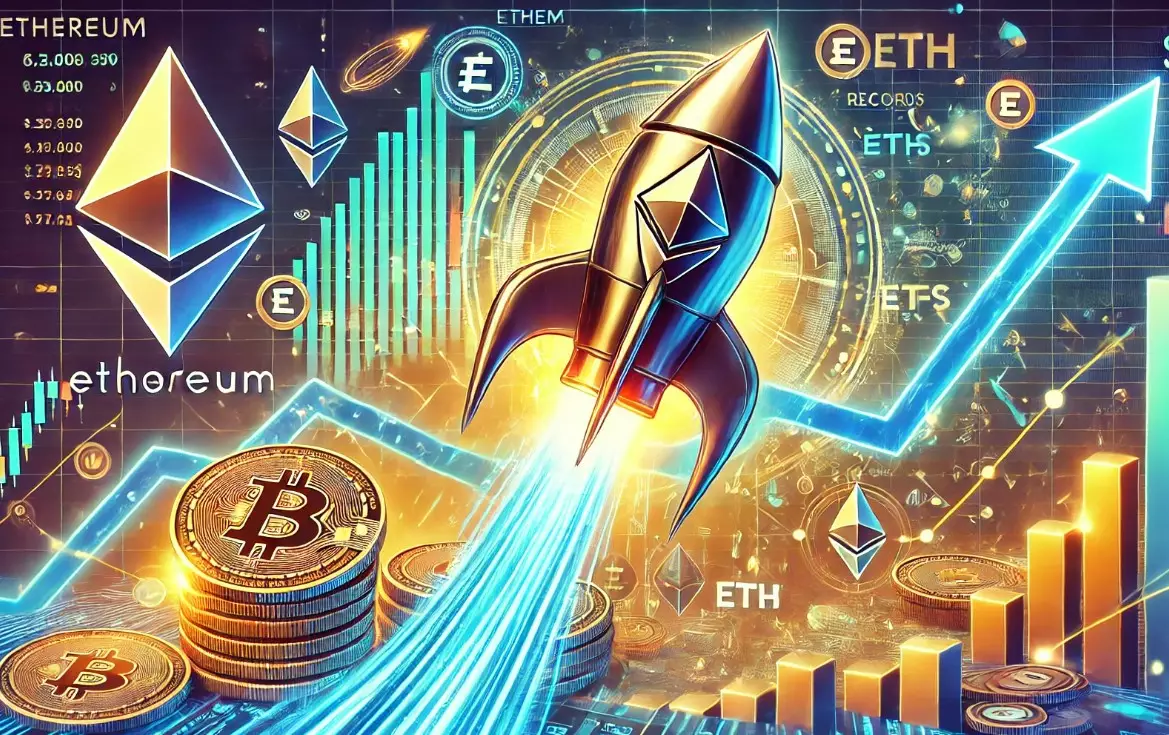Ethereum has consistently been at the forefront of blockchain technology, facing various challenges and evolving through significant improvements and updates. As we look ahead to the anticipated Pectra Upgrade, scheduled for mid-March, it is essential to analyze its implications carefully and understand how it can reshape the Ethereum landscape. Even in a climate of volatile pricing, Ethereum demonstrates resilience and promise, primarily through the innovations that enrich its ecosystem.
The Pectra Upgrade is being heralded as a pivotal moment in Ethereum’s timeline, introducing several Ethereum Improvement Proposals (EIPs) aimed at enhancing functionality and improving the overall user experience. A significant focus of this upgrade is on simplifying transaction processes, notably through EIP-7702, which introduces account abstraction. This innovative change allows users to effortlessly execute transactions without the burden of the traditional approve-then-swap mechanics. This not only streamlines user interaction but also encourages greater participation in the Ethereum network, as complexities often deter newer users.
Additionally, the upgrade includes EIP-7251, which promises to elevate the maximum effective balance for earning staking rewards from 32 ETH to a staggering 2048 ETH per validator. This increases accessibility for validators and incentivizes more participants to contribute to network security, thereby reinforcing the integrity of Ethereum. The shift could lead to a more decentralized validation process, as validators can start earning rewards much sooner.
Addressing Scalability: The Importance of EIP-7691
Scalability remains one of the most pressing challenges for Ethereum, often leading to high transaction fees and a congested network. EIP-7691 aims to tackle these issues head-on by enhancing blob throughput. By increasing the limit from 3/6 to 6/9 blobs, Ethereum can accommodate a larger number of transactions, making the network more efficient and cost-effective for users. This change is crucial, as it directly affects the performance of rollups and layer 2 solutions that have been grappling with capacity constraints.
Moreover, EIP-7623 introduces a strategy to raise the cost of using calldata for rollups, nudging them toward utilizing blobs exclusively. This proactive measure will help streamline resource allocation, ultimately enhancing the network’s responsiveness to user demands. Such adjustments are fundamental in preparing Ethereum to handle increased usage, particularly as DeFi applications and NFTs continue to grow in popularity.
Innovative Features for Enhanced Trust and Efficiency
The Pectra Upgrade doesn’t stop at scalability. EIP-7002 introduces a novel mechanism that facilitates validator withdrawals at the execution layer, promoting a more trustless environment for staking pools. This empowerment shifts the responsibility of processing withdrawals from centralized entities, reducing dependency on intermediaries, and fostering a more secure ecosystem.
Another innovation, EIP-7685, marks an important advancement in communication between layers. By allowing smart contracts to interact directly with the staking layer, Ethereum stands to rid itself of intermediaries such as trusted oracles. This could significantly reduce bottlenecks that slow down operations and increase operational efficiency.
Furthermore, EIP-2537 aims to optimize cryptographic processes, particularly benefiting zero-knowledge operations essential for maintaining users’ privacy while enhancing scalability. The combined effect of these proposals has the potential to create a more fluid and robust ecosystem, capable of supporting a broader range of applications and services.
Despite the excitement and optimism surrounding the Pectra Upgrade, Ethereum’s price dynamics remain stagnant, hovering between $3,200 and $3,300. This price stability highlights the complexity of market sentiment and the challenges inherent in establishing catalysts that can drive significant price increases. It raises questions about how market players will respond to the advancements introduced by the Pectra Upgrade.
As Ethereum prepares for this monumental upgrade, the potential for transformational change is palpable. However, stakeholders must manage expectations and remain alert to market behaviors. Although the technical improvements promise enhanced performance and user experience, the actual market impact will depend on broader economic factors and the collective sentiment of the Ethereum community.
The Pectra Upgrade represents a substantial leap forward for Ethereum, reflecting its commitment to innovation and improvement. As we approach its launch, the crypto community watches with anticipation, hoping these upgrades will not only empower users but also reinvigorate the network’s price trajectory and enhance its standing within the blockchain ecosystem.















